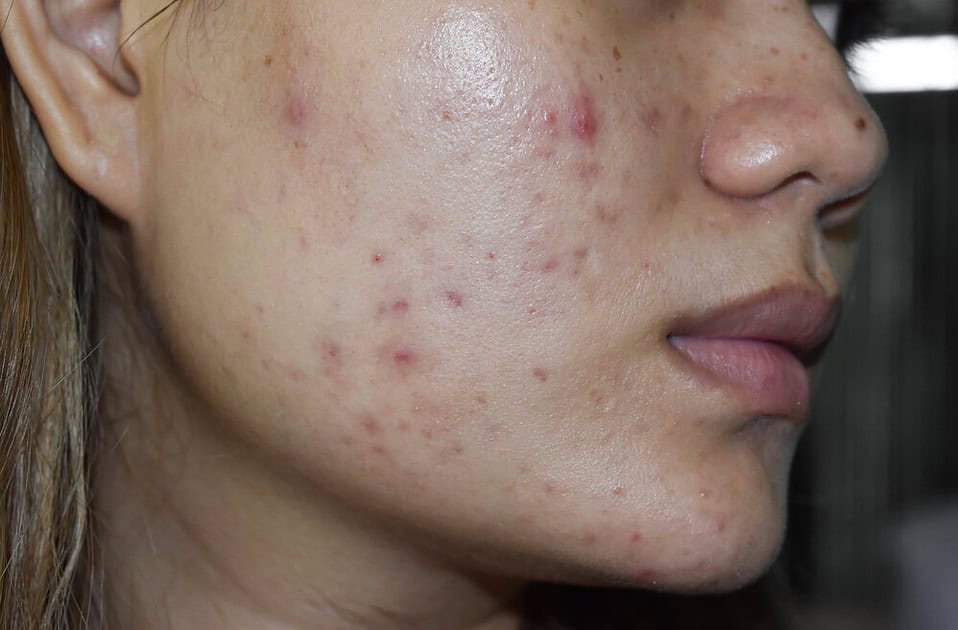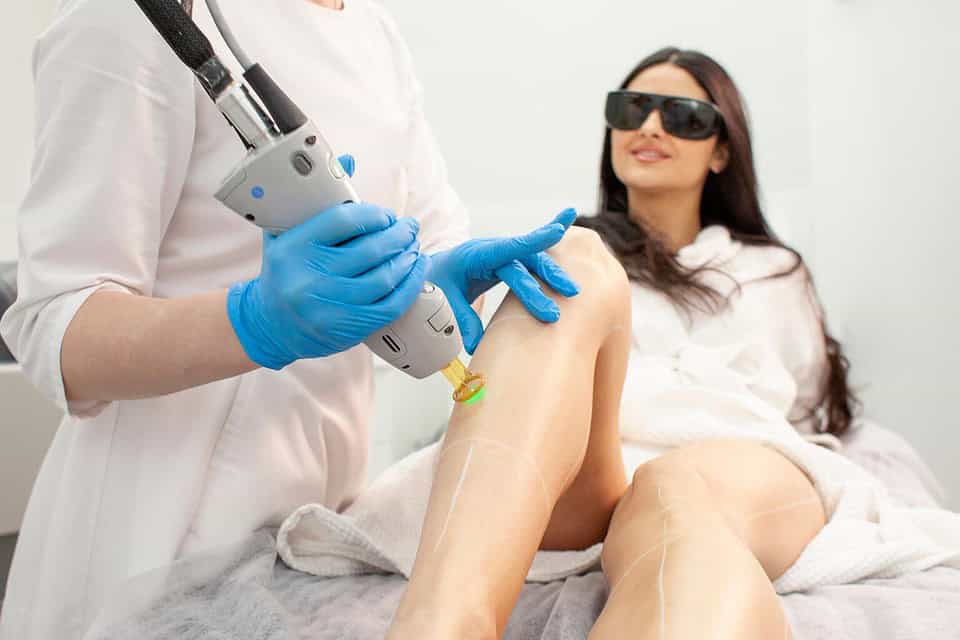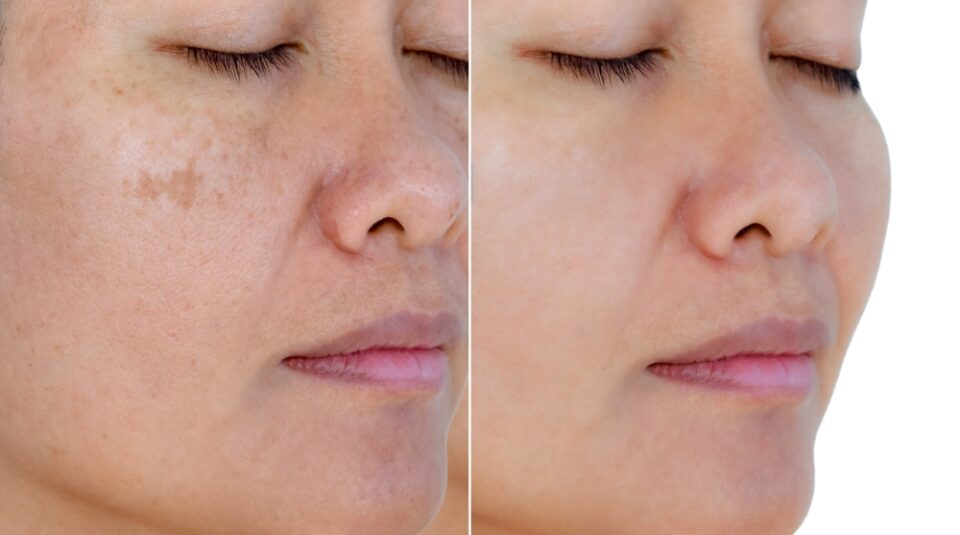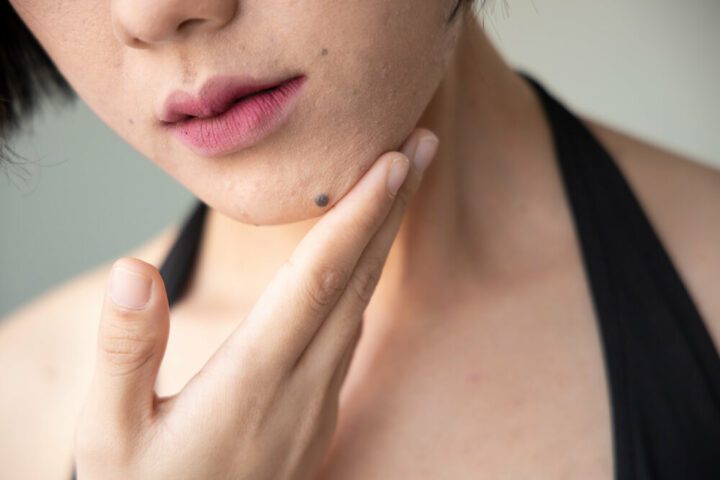
Effective Mole Removal in Bangkok
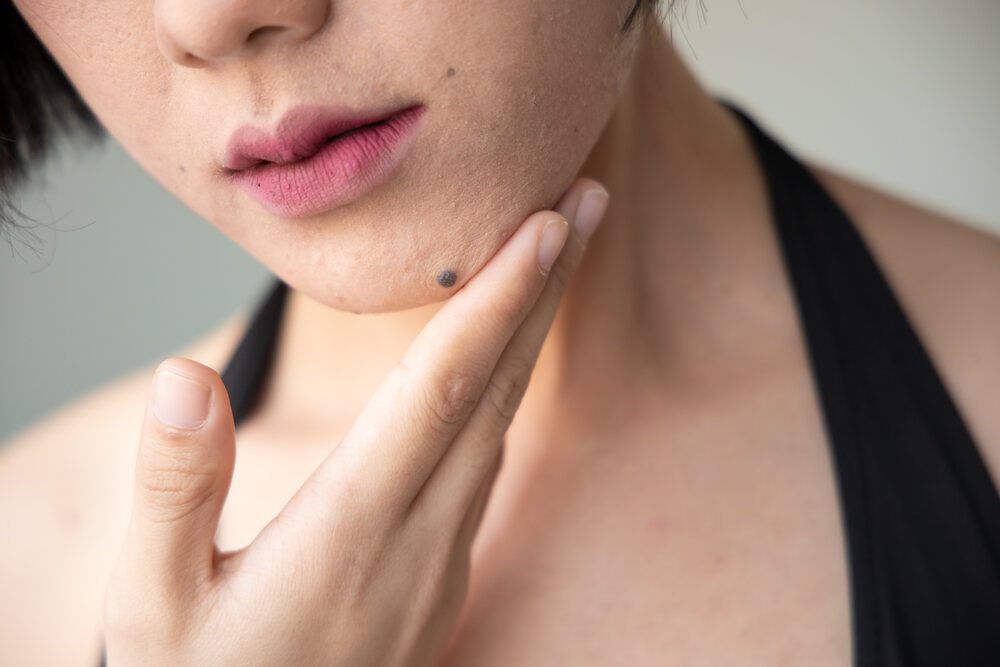
Moles are a common skin growth seen in people of all ages. Many people are born with moles called congenital nevi. Moles that are large enough to be conspicuous and irregular in shape are known as atypical nevi and tend to occur in family medical histories. A large percentage of all moles are perfectly harmless. But a small number can become cancerous and be a cause for concern and mole removal.
What are Moles?
Moles are made up of pigmented skin cells called melanocytes. These pigmented cells are usually distributed throughout the skin. When they grow in clusters, they cause visible moles. They only become a concern to doctors if the mole is actively growing or changing shape or if the patient has a lot of moles. Having more than fifty moles on your body can indicate an increased risk of contracting melanoma and breast cancer.
A family history of melanoma can also cause your doctor to pay closer attention to your moles.
Checking for Changes in Moles
If you have a large number of moles, you should watch them carefully for any signs of changes in shape, color or growth, or to see if they have become raised from the surrounding skin.
Perform a thorough visual check of your entire body once a month using a mirror, and be sure to look in all the crevices of your body and between your toes. Count the moles the first time you perform the check. This will serve as a baseline so you’re aware of any new ones appearing later on.
Phone cameras are an excellent tool to record the number of moles and any suspicious changes in them. Although moles can darken and change color during adolescence or pregnancy, any new moles or raised moles are valid causes to alert your doctor. Having photographic evidence demonstrating their growth and changes can be helpful to doctors in diagnosing the presence of melanoma.
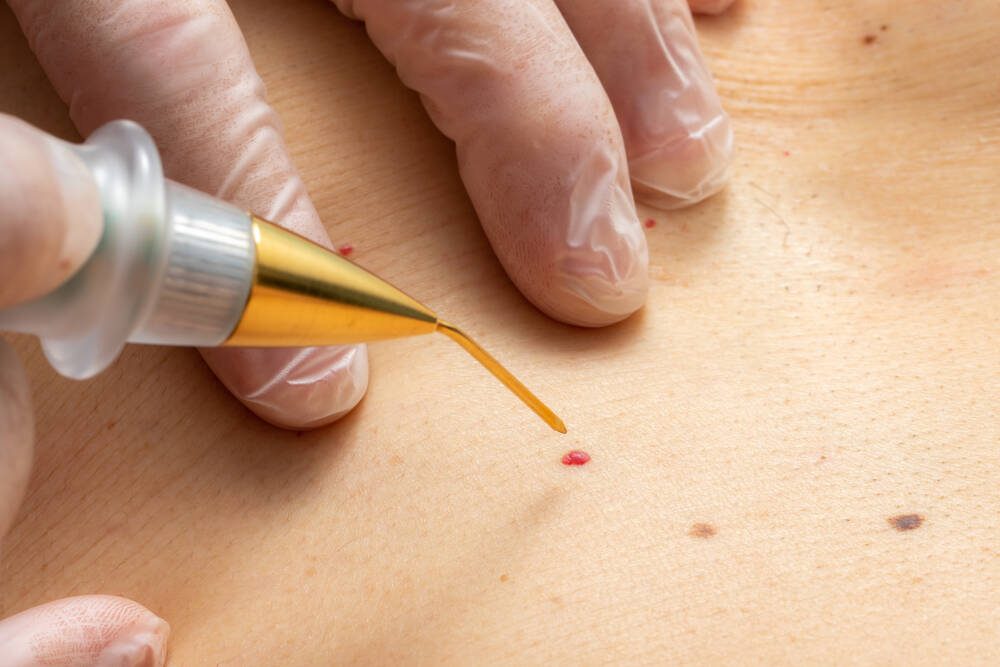
Considering Mole Removal
Mole removal is the first step when a mole turns cancerous. Your doctor will then decide if you need follow-up treatment like chemotherapy or radiation therapy.
There are four main methods of removing moles:
- Burning off the mole with a CO2 laser to remove the upper layers of a non-cancerous mole. If the mole is large, more than one session may be required to remove it completely.
- Excision is a surgical technique used to remove cancerous moles. The method removes the entire mole from the skin. The resulting small cavity in the skin is then sutured back together.
- Freezing a mole by using a small amount of liquid nitrogen on the top of the mole is a method of removal used for non-cancerous moles.
- Shaving a mole using surgical blades is a method of removing a shallow mole from the skin’s surface.
Non-cancerous Mole Removal
There are many reasons people opt to have non-cancerous moles removed. For example, people with a family history of melanoma may elect to have non-cancerous mole removal performed as a preventative measure. You also may have a mole removed for cosmetic reasons. Some large facial moles can lower your self-esteem. Removing them is often a simple process that can significantly improve your mental outlook and restore self-confidence.
You may have read or heard about several home methods of mole removal. But none of these methods have been proven to work with any certainty, and some of them may be dangerous. The process of mole removal can instill a certain confidence that melanoma is no longer a danger. However, if the home method doesn’t remove the mole completely, the melanoma could still be present and pose a threat to your health.
Mole removal is best left to dermatologists, who can decide on the proper method for each case and ensure the mole is removed safely and entirely.
Visit Nirunda Clinic for Medical Skin Care
Nirunda Aesthetic Clinic in Bangkok, Thailand, has qualified dermatologists who are experts in mole diagnosis and removal. Our doctors can decide the safest and most effective method of removal for your moles, whether benign or malignant.
We can also help you be sure that your skin discoloration is actually a mole. Lentigo is a dark brown spot that can grow in people who spend a lot of time in the sun. It can also be caused by certain medical procedures or genetics. It's occasionally thought to be a mole, and our doctors can make a definite diagnosis and offer a range of many treatments to cure lentigo.
If you have any skin problems or questions, please make an appointment at Nirunda Aesthetic Clinic for an examination and consultation.


